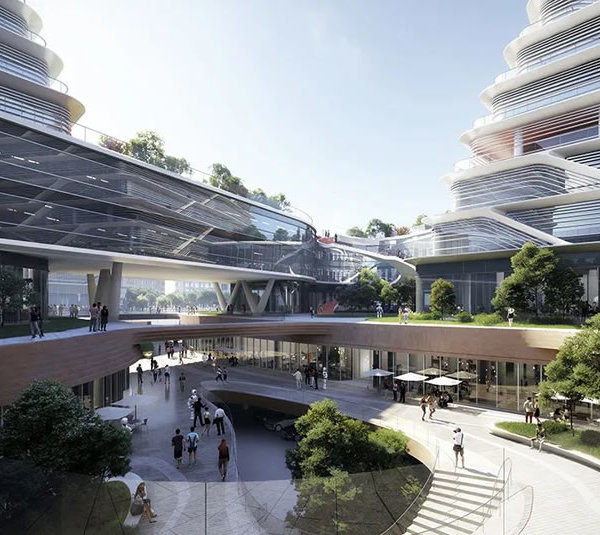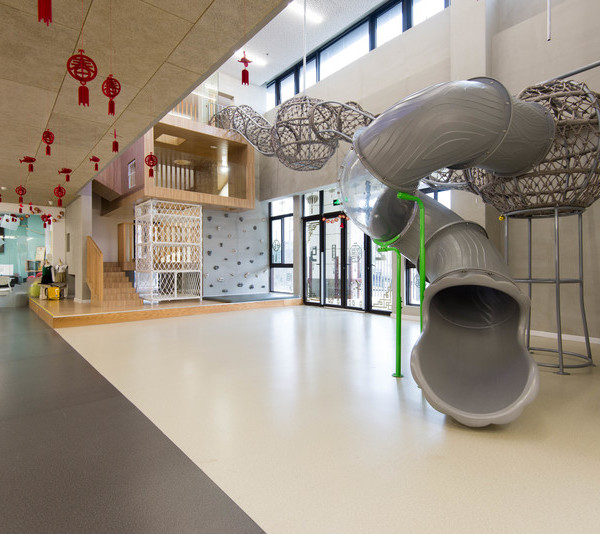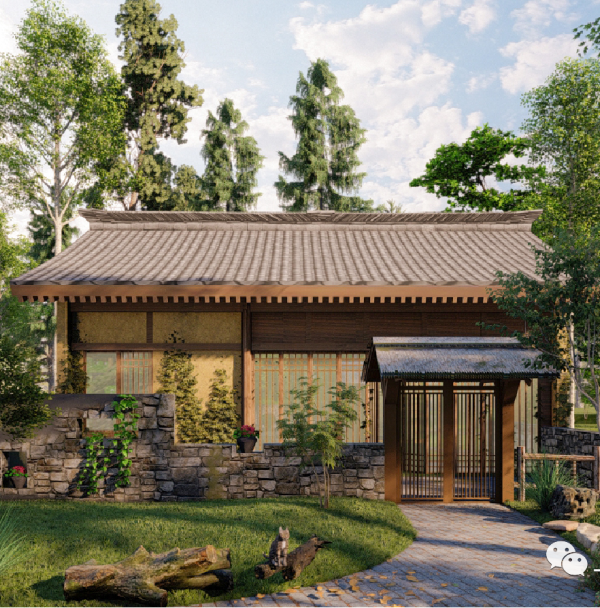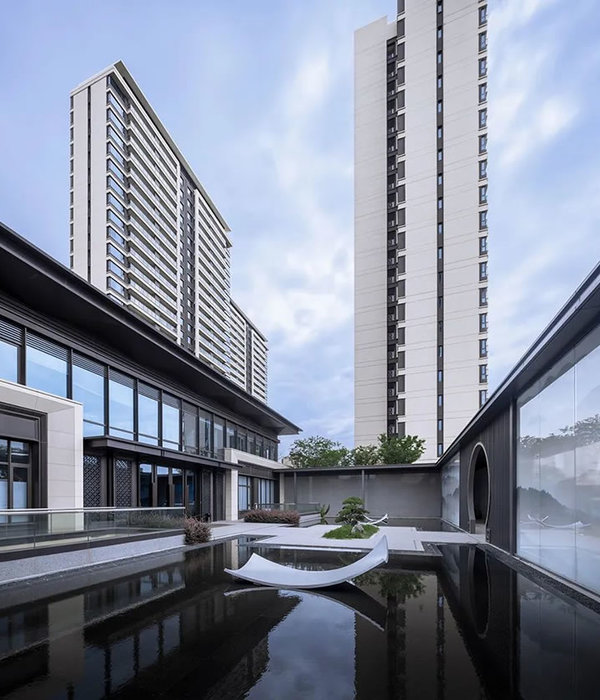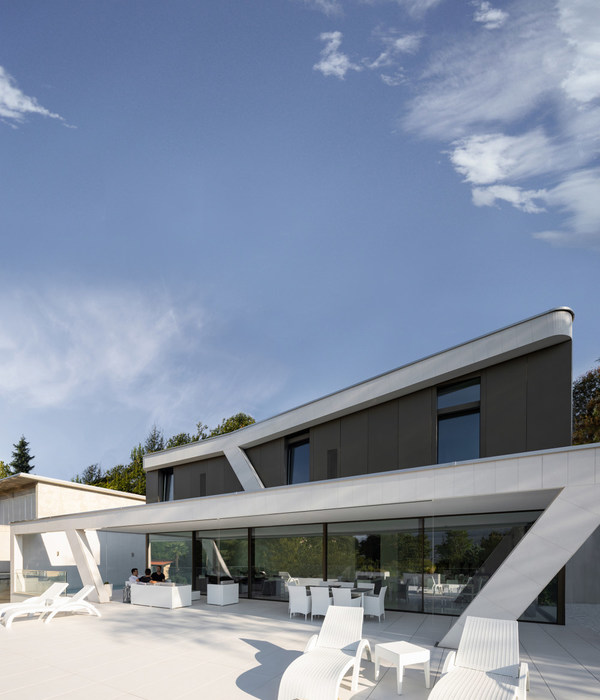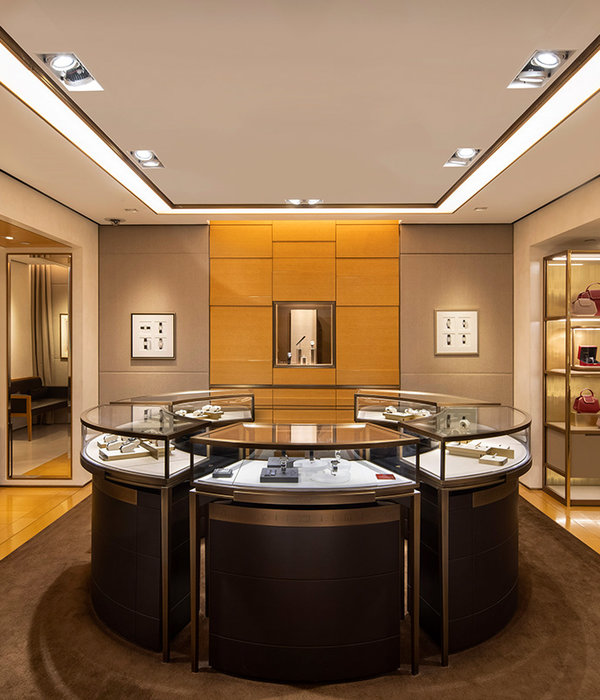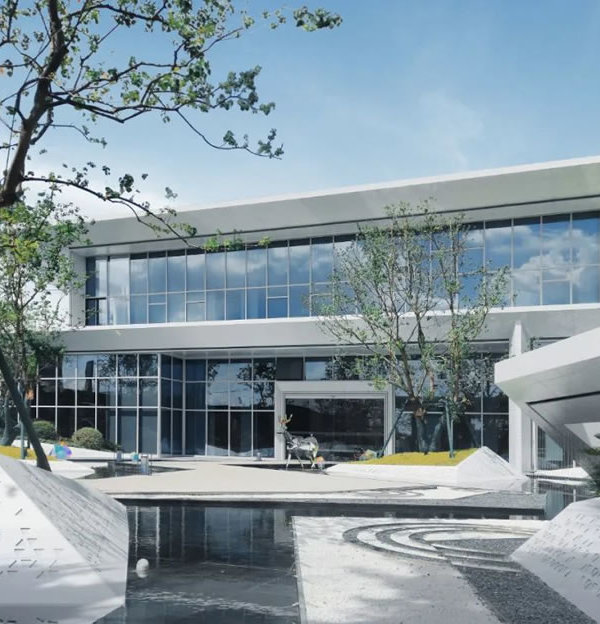Architects:SQUAD architectes,Tectoniques Architects
Area:3800m²
Year:2022
Photographs:Luc Boegly,Maxime Verret
Acoustic Engineering:LINK Acoustique, LINK acoustique
Development Of The Architectural Concept And The Building, Project Manager Furniture And Signage Concept:SQUAD
Development Of The Architectural Concept And The Building, Project Manager:Tectoniques
Scheduling, Supervision And Coordination:LSW Architectes
Landscape Architects:ItinéraireBis _ Jean Baptiste Lestra
Concrete, Fluids, Electrical And Economical Engineering:Tectoniques ingénieurs
Wood Structure Engineering:Perin et associés
Environmental & Sustainability Consultants:eEgénie
Artistic Performance:Marianne Mispelaëre
City:Vagney
Country:France
Text description provided by the architects. It is well known that every architectural project must necessarily begin with a careful reading of what is already in place. It is trying to understand how places have evolved over the long or medium term, that can be a daunting task. Fortunately, the city has this admirable quality: it writes its history right on its streets, and by walking them, they invite us to discern their major events. Located right there: a 1970s school that now needs rebuilding, originally placed in the center of farmland without considering the surrounding urban area’s context. Furthermore, an assembly of a kindergarten and a primary school, a dining hall, and a gymnasium were constructed near the site as well.
The project for the new College du Ban de Vagney questions the organization of the newly built elements in regard to the ones that were already there as we previously mentioned. We aimed to introduce fluidity to the neighborhood's dynamics, with the awareness that public facilities must function harmoniously. To achieve this, the new college is now aligned with Jules Ferry Road, aiming to reinforce the street's urban narrative and establish a properly balanced educational ecosystem.
Our approach was characterized by our desire to create a fluid and balanced ecosystem from the outset, attentive to the intertwined scales from the urban aspects to the classroom ones. We wanted to make Vagney able to have the most functional educational tool, adaptable and consistent with its surroundings as much as we could possibly imagine.
As much as a living organism, the college comprises several differentiated organs, each of them in charge of various interdependent functions. We wanted to give this unit a backbone capable of supporting these different uses and irrigating their proper functions. This backbone is a spatial and architectural concept borrowed from ancient architecture: the Agora.
An open space freely accessible where a city's main elements could be found. In the new College du Ban de Vagney, a light-bathed gallery onto which each element makes its way. Beyond its functional aspect, it signifies a desire to enhance possible usages, enrich the living experience, and manifest coexistence. SQUAD envisioned and carefully designed specific furniture to furnish the Agora, wanting to offer students new usage possibilities.
We strongly believe bioclimatic design is essential and should be planned as early as possible. The building is located along the road to meet urban logic while benefiting from favorable solar orientation. We've integrated inner patios, positioning classrooms on the northern and southern façades, thus shielding them from the powerful solar intensity from the east and west without the need for complex façade protections.
Given the harsh climate, the building aims to be compact, minimizing energy loss and thus mastering heating needs. The building's goal is to limit its heating needs to 25 kWh/m2 per year. The heating will be directly sourced from Vagney's heat network, which is 90% powered by a biomass boiler. To ensure these objectives, the building has meticulous air tightness, passive insulation, and efficient glazing, ensuring that the surface temperature of the interior walls closely matches the indoor air temperature. There is no cold wall effect, a key parameter for thermal comfort.
The construction consists of a vast assembly of wooden components of all sizes and shapes. It includes large elements like the laminated beam of the indoor bridge, which reaches 30 meters long and 1.8 meters high. The construction system emphasizes on wood and the prefabrication of modular elements from local forests (the renowned "Vosges Wood Supply"). Only a few anchoring points and façades are made out of concrete to provide structural bracing.
The rest of the building unfolds like a wooden cathedral. Biobased materials are extensively used, not only for their structural qualities in framing, floors, and façades but also for their thermal properties, durability in floor coverings, and lastly, for the pleasure in the relationship between men and the gentleness of natural materials.
Project gallery
Project location
Address:88120 Vagney, France
{{item.text_origin}}

